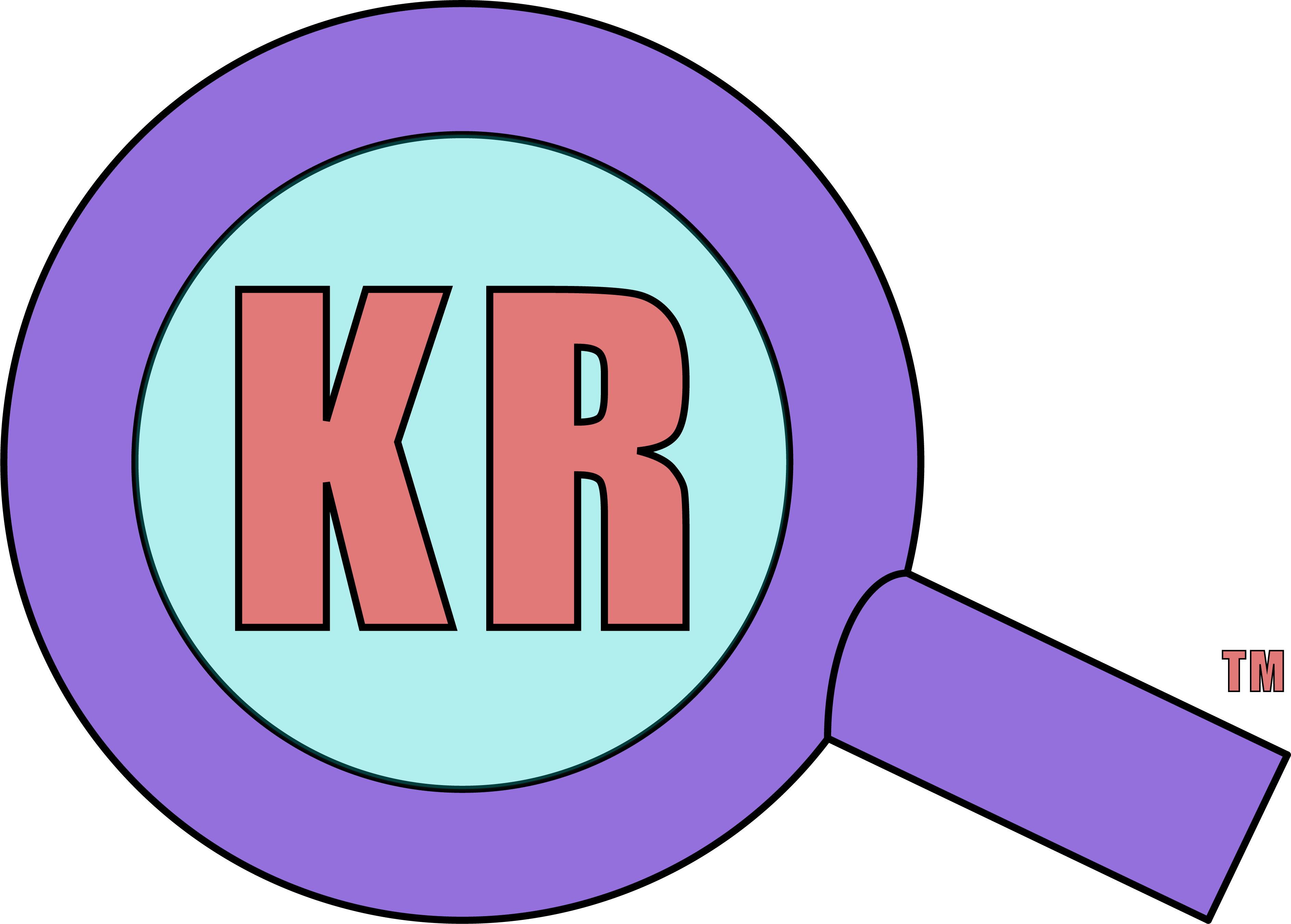
Being a writer is more than just sitting at a desk with a pen and a notebook or staring at a computer screen and hoping the words write themselves. For a story to be truly captivating, readers must often use their suspension of disbelief. If you want a definition, suspension of disbelief is the avoidance—often described as willing—of critical thinking and logic in understanding something that is unreal or impossible in reality in order to believe it for the sake of enjoying its narrative.
Many works of fiction include elements that may not be entirely believable in real life, like magic or various fictional beings, or even something somewhat believable, like teenager being a ‘star’ witness to a crime and being an integral part of the investigation.
Writers play a big role in the suspension of disbelief. Their story must be crafted in such a way that it’s not too far out of the realm of believability, yet entertaining enough to take the reader out of their reality and into the story.
One way to do this is with thorough research. Yes, research. Believe it or not, your favorite writer likely didn’t always know all about the sizes of entrance and exit wounds from various firearms, the concept of every day carry (which I covered in a previous blog), or how a police detective actually goes about solving a crime. Hint: it’s not how it’s done on your favorite police procedural TV show.
Your favorite writer came up with the framework for the story: the main plot, subplots, scenes, characters, and dialogue – and a lot more – to create the book you read on your e-reader or the physical copy you hold in your hand. Then, they had to fill in the details, including details they may not know.
One detail I’ve had to research recently for a work in progress is car bombs. The thoroughness of the search may have shot my name to the top of some government lists, but now I feel I know enough that the small scene believable. I put in several hours of research to make one, 62-word, 4-sentence paragraph believable to not just my entire audience but to the select few who may know how car bombs are made, where the ‘best’ place to plant them is, how they detonate, and the aftermath they leave behind.

Would a person close to the blast have been able to escape? If so, would that person come away with only minor injuries – like cuts and scrapes from shrapnel – and nothing else? What could be the extent of injuries? Collapsed lungs? Smoke inhalation? How long would that person survive without immediate care? These are all questions that needed to be answered to make those 62 words less Hollywood and more reality. You won’t need to pull yourself out of the story to go look up the information to see if I’m right or wrong.
My readers don’t necessarily need to know the exact mechanics of how the bomb was made, planted, and detonated in technical terms. Of course I know those facts, but they add nothing to the story. Even when the character that knows about the bomb is talking about the event, they won’t go through exactly how it’s made. If they did, you’d be bored within a few sentences and put the book down, possibly to never finish it.
What’s a story you had trouble finishing because small details weren’t addressed? Or stories where the author offered too much information that reading through it all made you wish you hadn’t picked up the book? Let’s talk more on Facebook!

